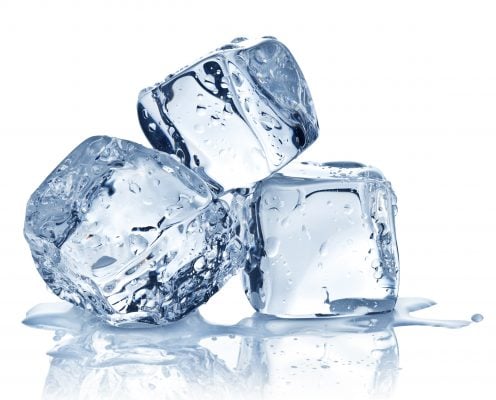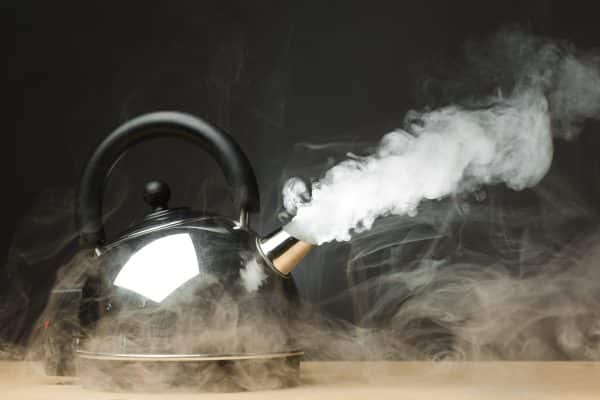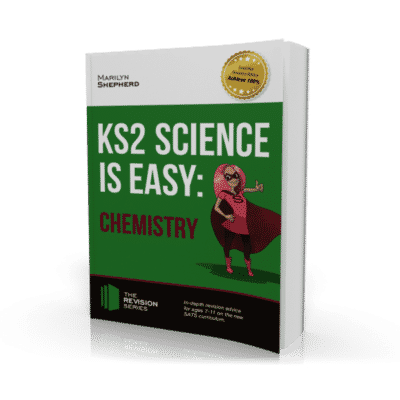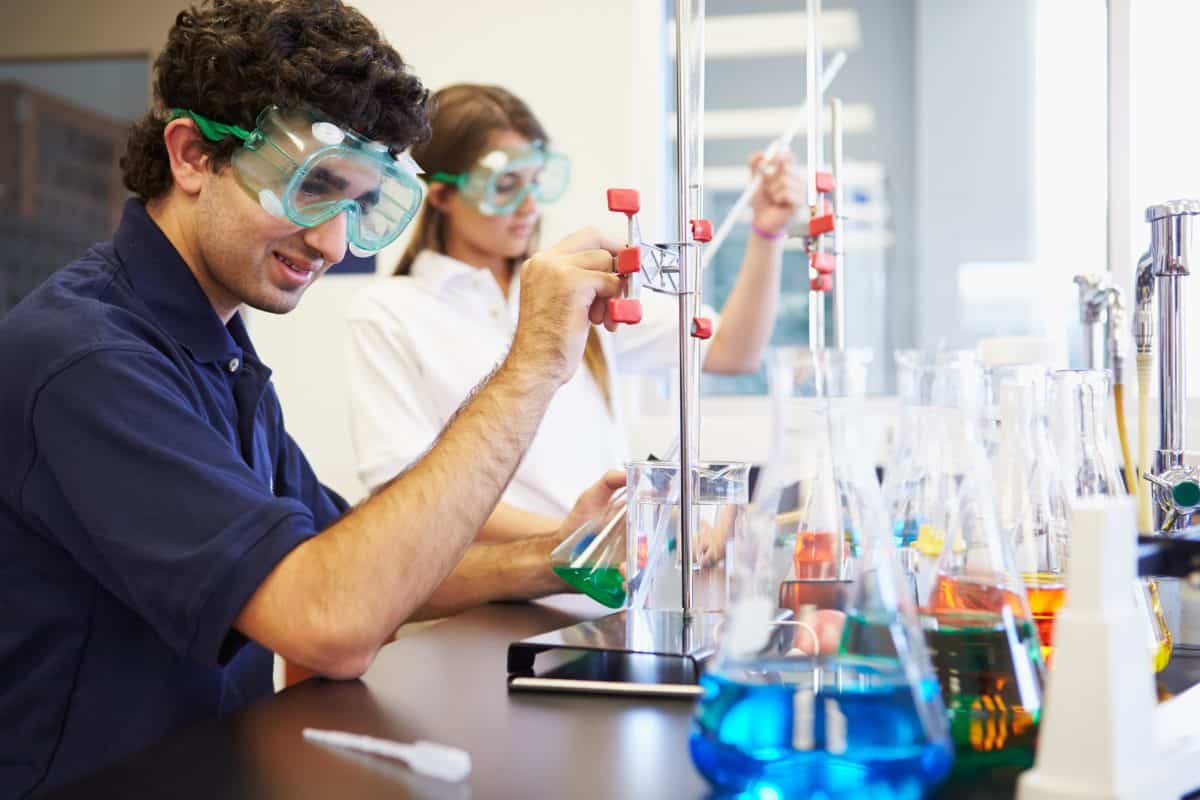If your child is studying at KS2, and taking their SAT examinations, then you’ll likely need to get them prepared for the dreaded sciences: Biology, Physics, and Chemistry. While these subjects have a reputation for being very difficult – the reality is that they don’t have to be. Here at How2Become we’ve prepared fantastic study guides for all three of these subjects. In this blog, we’ll give you a sneak peak at one of our most popular books – Key Stage 2 Chemistry.
Key Stage 2 Chemistry: Solids, Liquids, and Gases
One of the things that you’ll need to learn for Key Stage 2 Chemistry, is solids, liquids, and gases. So, what makes a material a solid, a liquid, or a gas? And what causes certain materials to change from one state to another. Let’s find out!
The vast majority of materials (‘things’) on Earth exist as solids, liquids, or gases. These three states of matter all have very different properties and behave in different ways under different conditions. First, let’s look at what constitutes a solid, a liquid, and a gas:
About Solids
Solids have the firmest shape of the three states of matter; they do not flow like liquids or spread themselves out like gases. Solids can be physically held, and stay the same shape unless acted on by an outside force. Similarly, solids stay in one place unless moved by an outside force.
About Liquids
Liquids have a much looser shape than solids; they can be poured easily and cannot be physically held without a container. Liquids move to fill the shape of the container they are in. If they are not held by a container, they will move as far as gravity will take them.
About Gases
Gases have the loosest shape of all the three states of matter, so they are the hardest to contain. Similarly to liquids, gases spread themselves out to fill whatever space they are in. Whilst gases are affected by gravity, they are not affected in the same ways as liquids or solids. Gases are often invisible.
It is possible for things to change between the states of matter. For example, there are things you can do to certain solids that will change them into a liquid, and vice-versa. Let’s look at how all states can change, and what makes them do it.
Solids to Liquids
Adding enough heat to most solids will turn them into a liquid. This is called melting.
For example:
- Taking an ice cube out of the freezer and leaving it on a table will cause it to melt and become water – room temperature is warm enough to melt ice.

Putting a bar of gold into a furnace will cause it to melt and become liquid gold – extreme heat is needed to melt gold.
Liquids to Solids
Cooling a liquid (making it cold) can turn it into a solid. This is called freezing. For example:
- Putting a tray of water into a kitchen freezer will create ice cubes. Water freezes at zero degrees Celsius (0°C).
- Putting a container of mercury (the liquid used in thermometers) into an industrial freezer will cause it to freeze. Mercury freezes at minus 38 degrees Celsius (-38°C).
Liquids To Gas
Adding enough heat to a liquid can turn it into a gas. This is called boiling.
For example:
- Putting a pot of water on the hob will generate steam, as the water boils and becomes a gas.
- A puddle that forms during a rainstorm will turn into water vapour (a gas) when it is sunny. The heat of the sun causes the rainfall to be dried up and turn into water vapour – This is called evaporation.

Gas to Liquid
Cooling a gas can make it turn into a liquid. This is called condensation. For example:
- Warm air that is heavy with water vapour comes into contact with a cold pane of glass (a window). This causes the gas to turn into liquid water, which begins to drip down the window.
- Warm air in the kitchen comes into contact with a cold jug of milk on the table. The coldness causes the air to condense on the side of the jug, and form as water.
Products You Might Be Interested In
If you enjoyed this blog, then you’ll love our guide on Key Stage 2 Chemistry. Jam packed with top tips on all of the above, and much more, this is the ultimate resource for any student hoping to ace their Key Stage 2 Chemistry exam.


